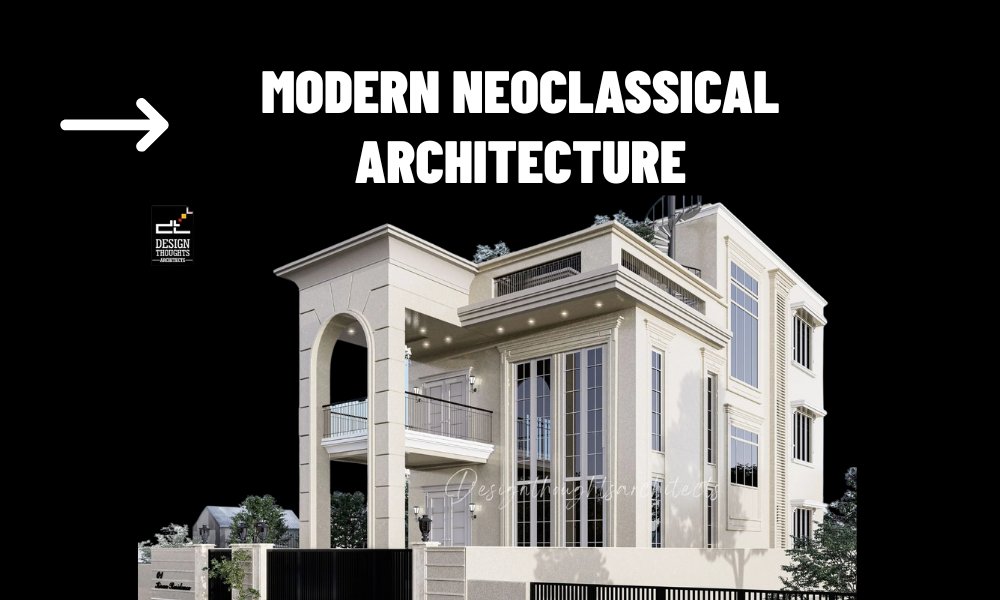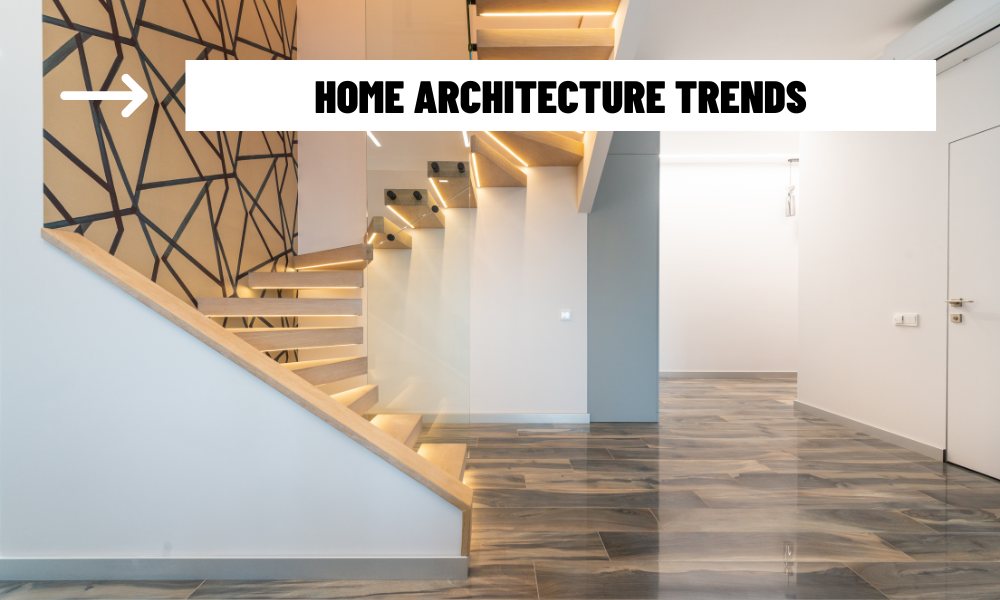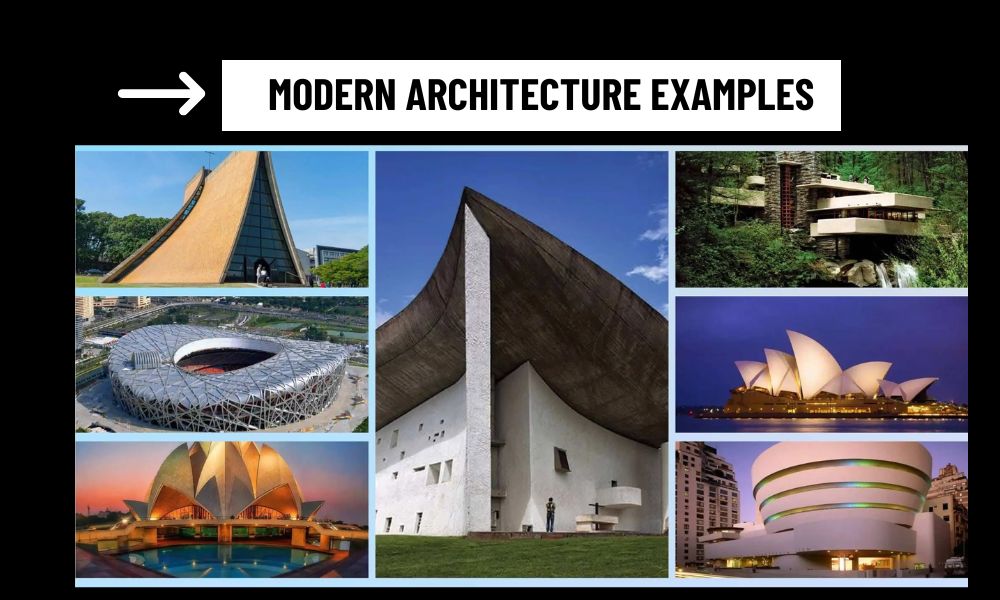Modern Neoclassical architecture combines the monumental charm of classical styles with the innovations of modern technology. This architectural movement marries ancient design principles with the practicalities of today’s world, resulting in homes and buildings that are both beautiful and functional. In this article, we explore how this style evolves and how it’s influencing the design of smart, sustainable homes.
In an era of rapid technological advancements, Modern Neoclassical architecture offers a refreshing take on classical design. This style revives the grandeur and elegance of ancient Greek and Roman architecture, while seamlessly integrating contemporary technology. The result is a stunning fusion of timeless beauty and modern functionality that appeals to those seeking both sophistication and convenience in their living spaces.
Contents
- 1 1. A Look Back: The Origins of Neoclassical Architecture
- 2 2. The Principles of Modern Neoclassical Architecture
- 3 3. Integrating Smart Technology with Classical Design
- 4 Sustainability in Modern Neoclassical Homes
- 5 The Role of Neoclassical Design in Luxury Smart Homes
- 6 Modern Neoclassical Architecture: A Timeless Investment
1. A Look Back: The Origins of Neoclassical Architecture
To understand Modern Neoclassical architecture, it’s important to first recognize its roots. Originating in the 18th century, Neoclassicism was a reaction against the ornate, over-the-top Baroque and Rococo styles. Architects drew inspiration from the clean lines and proportions of ancient Greek and Roman structures, creating buildings that were more restrained yet striking in their symmetry and form.
The timeless appeal of these classical principles — the use of columns, pediments, and stately facades — is what makes Modern Neoclassical architecture so compelling today. By reinterpreting these elements for modern living, this architectural style maintains the dignity of tradition while allowing for contemporary updates.
2. The Principles of Modern Neoclassical Architecture
The beauty of Modern Neoclassical architecture lies in its ability to respect tradition while embracing innovation. At its core, it retains key neoclassical features, such as:
Symmetry and proportion: The balanced arrangement of elements creates a sense of harmony and order.
Columned facades: These columns, whether Doric, Ionic, or Corinthian, give buildings an air of grandeur and sophistication.
Use of classical materials: Stone, marble, and stucco remain popular, but they are often paired with modern materials like glass and steel for a sleek, contemporary look.
These elements are then complemented with high-tech features, transforming what was once purely decorative into something functional. This blend of aesthetics and utility is what makes Modern Neoclassical architecture so enduring in today’s world.

3. Integrating Smart Technology with Classical Design
One of the standout features of Modern Neoclassical architecture is how it harmonizes classical design with cutting-edge technology. Unlike traditional architecture, where technology often disrupts the visual flow, modern homes manage to incorporate smart technologies without compromising the aesthetic appeal.
Smart systems are now an essential part of Modern Neoclassical homes:
Voice-activated assistants can control lighting, heating, and security systems, allowing homeowners to manage their space with ease.
Intelligent climate control systems use sensors to adjust temperature based on real-time occupancy and external weather conditions, ensuring energy efficiency.
Automated lighting systems are designed to highlight the intricate details of classical columns and cornices, while adjusting according to the time of day or mood.
By blending ancient architectural beauty with smart home technology, Modern Neoclassical architecture ensures that residents live both luxuriously and conveniently.
Sustainability in Modern Neoclassical Homes
Despite its roots in grandeur, Modern Neoclassical architecture also embraces sustainability. The style’s emphasis on durable, natural materials is in alignment with contemporary eco-conscious design practices. While columns and marble may still be prevalent, they are used more thoughtfully in the context of green building techniques and energy-efficient systems.
For example:
Energy-efficient windows: Smart glass windows can regulate heat and light, reducing reliance on HVAC systems.
Sustainable materials: Recycled stone, bamboo, and other sustainable materials are often integrated into the design of these homes.
Solar panels and green roofs: These sustainable additions help modern neoclassical buildings minimize their environmental impact while maintaining their aesthetic appeal.
With these innovations, Modern Neoclassical architecture can provide the beauty of classic designs while being fully aligned with sustainability goals.
The Role of Neoclassical Design in Luxury Smart Homes
Luxury is a defining feature of Modern Neoclassical architecture. The style’s bold columns, grand facades, and classical detailing naturally lend themselves to the creation of high-end homes. Whether it’s a mansion, an upscale apartment, or a boutique hotel, the combination of classic design with smart home technology offers an unparalleled living experience.
Residents of these homes enjoy both the visual grandeur of a classical structure and the cutting-edge convenience of today’s smart systems. Automated systems seamlessly work in the background to ensure that homes are energy-efficient, secure, and comfortable. Moreover, the timeless appeal of the Neoclassical style ensures that these homes remain valuable and relevant for generations.
Modern Neoclassical Architecture: A Timeless Investment
Investing in Modern Neoclassical architecture means investing in a timeless style that evolves with technology. These homes are not just about beauty; they are about creating spaces that improve the lives of those who inhabit them. The ability to combine the elegance of the past with the conveniences of the present makes Modern Neoclassical architecture an appealing option for homeowners, designers, and architects alike.
As technology continues to advance, it’s clear that Modern Neoclassical architecture will remain at the forefront of high-end design, offering both the grace of classical aesthetics and the smart solutions of tomorrow’s homes.
Modern Neoclassical architecture perfectly marries the charm of ancient design with the sophistication of modern technology. This combination creates homes that are both beautiful and functional, offering a luxurious yet sustainable living experience. Whether it’s through the integration of smart systems or the use of eco-friendly materials, Modern Neoclassical architecture proves that the best of the past and present can coexist harmoniously.



